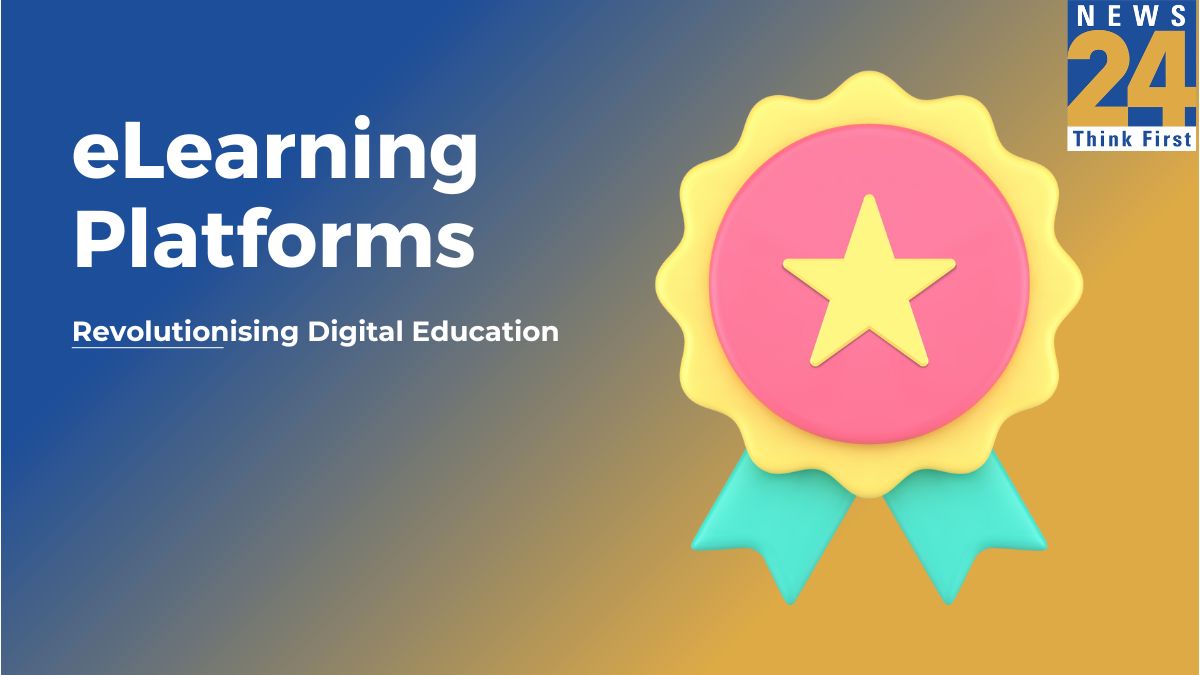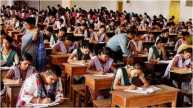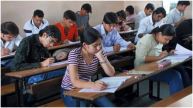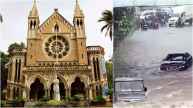Traditional education paradigms are rapidly shifting in India and across the globe with the integration of ICT and e-learning platforms in the education sector. These transformations hold immense potential to address the diverse educational needs of the country’s vast population while making education more accessible, multi-modal, inclusive, and effective.
Unifying Digital Education Efforts
Efforts related to digital/online/on-air education are unified under the banner of PM e-VIDYA as part of Atma Nirbhar Bharat Abhiyaan. This measure aims to ensure that all learners have access to quality, multi-mode education regardless of their circumstances. The launch of National Digital Education Architecture (NDEAR) also establishes a unifying national digital infrastructure to “energize and catalyze the education ecosystem”.
Transforming School Education Digitally
DIKSHA (Digital Infrastructure for Knowledge Sharing) is the nation’s digital infrastructure for providing quality e-content for school education and plays a pivotal role in enhancing learning outcomes across the country. It offers QR coded Energized Textbooks for all grades on a single digital platform. According to 2023 data, more than 524 crores learning sessions, 6,125 crore learning minutes, 2.2 crore average daily page hits and a total of 3,17,496 pieces of e-contents are live.
Additional initiatives like the National Digital Library of India (NDLI) and the ePathshala platform support both teachers and students by providing access to a vast repository of digital educational content. Samagra Shiksha scheme’s ICT and Digital Initiatives components also allow financial assistance for establishing ICT Lab and Smart Classrooms across classes VI to XII of Government and Aided schools. The Digitally Accessible Information System (DAISY) promotes inclusive education by providing special e-content for visually and hearing-impaired learners. This initiative ensures that approximately 25 crore school-going children across the country have access to educational resources tailored to their needs.
Empowering Learners Nationwide
SWAYAM (Study Webs of Active-Learning for Young Aspiring Minds), the national Massive Online Open Course (MOOC) platform, offers free online courses covering a broad spectrum of subjects, from engineering to humanities. With a focus on inclusivity, it provides access to high-quality educational resources developed by prestigious Indian universities, irrespective of learners’ geographical location or socioeconomic background. Notably, SWAYAM facilitates credit transfer to universities for higher education courses, while also delivering school courses from 9th to 12th grade, with over 4.1 lakh students registered for NCERT courses and more than 34 lakh for National Institute for Open Schooling (NIOS) courses.
ICT Integration Beyond Platforms
ICT integration in education extends beyond e-learning platforms and includes measures like the establishment of virtual labs and skilling e-labs. These labs aim to promote critical thinking skills and creativity among students, with training conducted through PM eVidya DTH TV channels for teachers nationwide. The expansion of DTH channels and the use of radio, community radio, and CBSE Podcast Shiksha Vani ensure supplementary education is accessible in various Indian languages for classes 1-12. As of 22, 12 DTH Channels in school education and 22 SWAYAM PRABHA channels in higher education were already functional.
Enhancing Digital Literacy
Projects like the Digital Literacy Mission and PMGDISHA have empowered millions of Indians with basic digital skills, bridging the digital divide and enabling participation in the digital economy. The Digital India campaign further aims to promote digital literacy and expand access to technology infrastructure in rural and remote areas.
Way forward
The Digital Education Revolution in India is not merely a transformation of educational practices but a societal shift towards inclusive and equitable education. Limitations posed by resource limitations, the digital divide, and the lack of digital literacy require collaborative efforts from policymakers, educators, and technology providers to expand internet infrastructure and provide affordable devices to underserved populations. As India continues its journey toward digital transformation in education, it must prioritize equity, accessibility, and quality to ensure that every learner has the opportunity to thrive in the digital age.










